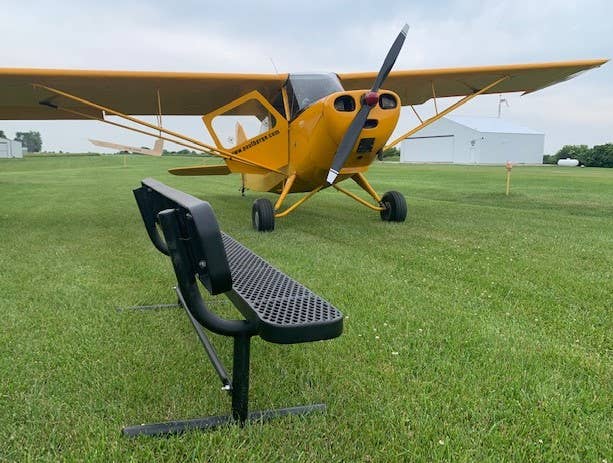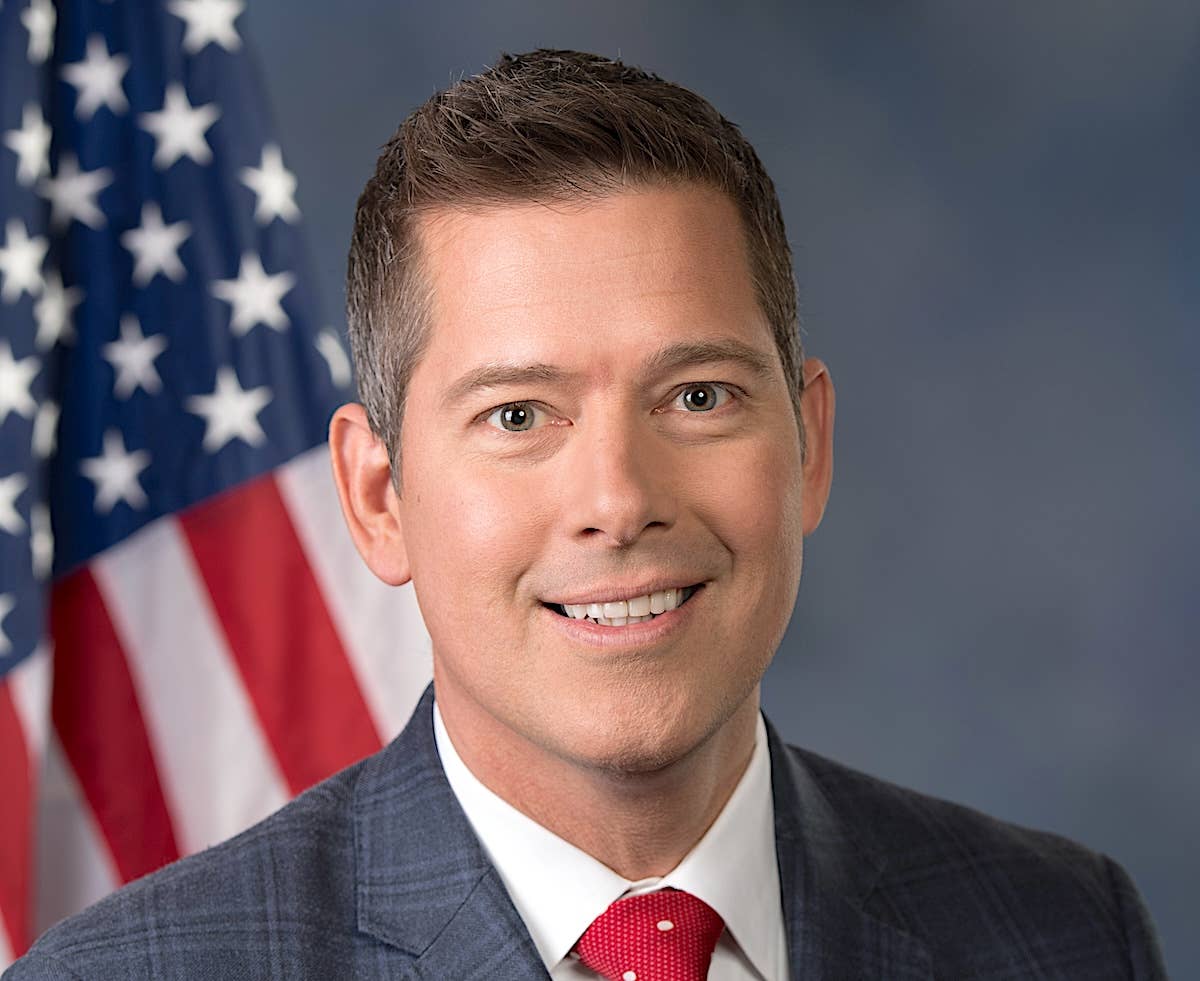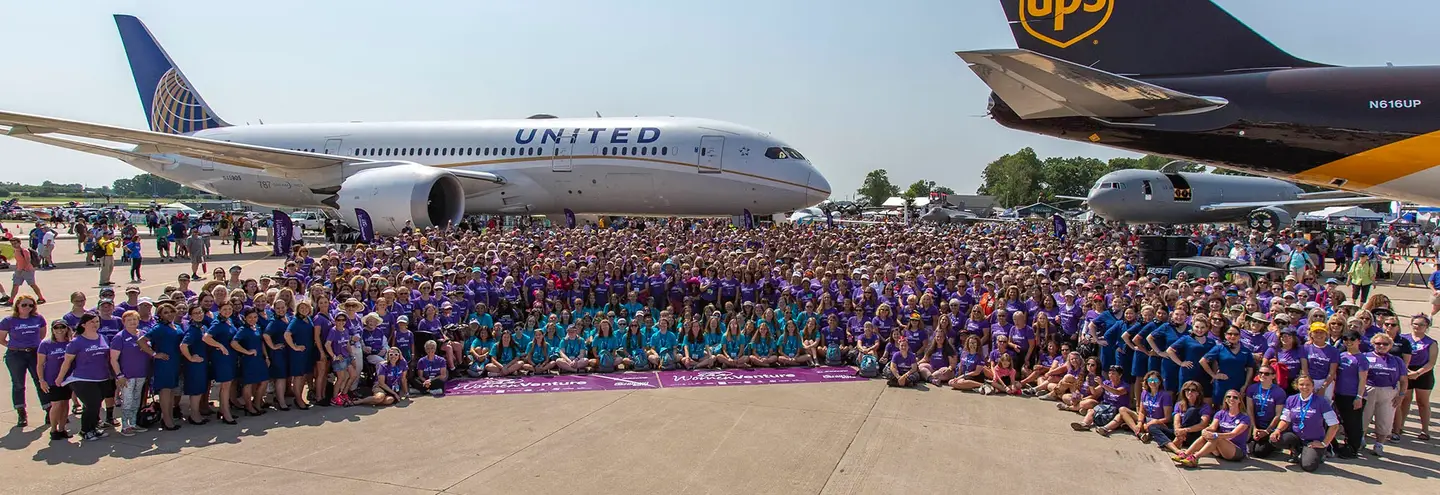Sit Your Ass Down And Fly Right
Getting benched ain’t all bad for the pilot in pursuit of centered flight.

An elusive key to the skeleton closet of successful flight life is to do less, much less. “Straighten up and fly right” made for a catchy Nat King Cole lyric in 1943, but is it good advice for today’s pilots? Having been one for a half-century I can unequivocally state, “I don’t know.” That’s also my presidential campaign slogan: “I Don’t Know 2024!” Dodges pesky accountability traps beneath a veil of Cartesian dualism—Cogito, ergo nescio.*
How much dual instruction mathematician/philosopher René Descartes logged in his/her career is irrelevant, but he/she exposed how we often do too much in the pursuit of excellence, aviation’s Holyish Grail that shimmers atop the windsock, there to distract when we should be applying correction for what that sock is trying to tell us. Usually, the need for more rudder with opposite aileron to keep the airplane on the runway centerline … or parallel to it, anyhow.
In the excellence quest the centered pilot should become intensely lazy. Rarely are we required to fly while standing or “straightened up.” A properly rigged airplane offers the flyer a chance to sit in a relaxed slump, pushing a few levers and buttons. Really, that’s it. Glider pilots get it. My 1946 Aeronca has no buttons, just a stick, rudder pedals and throttle that require minimal but appropriate input. To exert greater force than necessary invites embarrassment, invitations I’ve too frequently accepted.
There’s little we can do in flight to transform the airplane into something it’s not. Sure, aircraft more complex than my Champ sport mixture control, radios and other high-tech baubles, but such distractions don’t make the airplane fly. Not in my world. The wings, tail and control surfaces are already bolted on—or should be—before flight, so I can’t re-engineer them for higher performance. There’s trim, the use of which intimidates some who’d rather struggle holding unnatural stick pressures, but trim doesn’t fly the airplane. At this point, I should say with CAP cadet assurance that we fly it, but we don’t. Sorry. We’re nearly worthless. The airplane already knows how to fly and begrudgingly tolerates us to tell it where to go, even when those choices prove wanting.
In pursuit of excellence as a centered pilot-in-command (PIC), it’s essential to relax and become the pilot-in-seat (PIS). Consider accomplished pilot and actor James Stewart (1908-1997), star of the 1955 Convair B-36 Peacemaker promo film, Strategic Air Command, in which Stewart—barely concealing his lust for a fetching B-47—leaves June Allyson to take off and burn more avgas than Esso could produce in a month, thanks to the Convair’s six, pusher, 28-cylinder Pratt & Whitney R-4360 Wasp Major radial engines. And since that wall of piston sound specter fell short of overacting, beginning with the B-36D, Convair added four General Electric J-47 jet engines. Advancing 10 throttles inside this hybrid piston/jet aerial dreadnaught unleased a phrase that none who weren’t there dare to utter: “Six turning, four burning.” Cold War posturing at its zenith, and that posture? Yeah, seated.
Colonel Stewart—eventually a genuine Air Force general who’d previously abandoned a wonderful life with Donna Reed for Allyson’s atomic bomber allure—spends much of the movie seated in the B-36 or later a B-47. Considering the coffee that his crew kept serving, plausible off-screen action assumes he had to have made his way aft to the lav, a detail glossed over when two years later Stewart portrayed Charles Lindbergh seated for 33 hours in the Spirit of St. Louis Ryan NYP monoplane recreating Lindy’s historic 1927 trip across the North Atlantic in search of a restroom.
The arc of either role was the hero’s journey undertaken while seated on his tuchus. In westerns, by contrast, Stewart sat astride horses but jumped on and off to shoot villains or woo yet another starlet. Similarly in Hitchcock’s Vertigo (1958). Few horses or airplanes, but Stewart climbed a lot of stairs on the worst date ever with Kim Novak, only to watch her attempt ill-conceived flight. But whether in aviation films or at the controls of reality, Stewart proves it’s best to sit, stay, and let the airplane do the job the designers had intended. That’s not always easy for pilots who feel they must look busy or risk being replaced by non-union AI.
The art of aviation sitting is not reserved for movie heroes. My friend Dave Sanderson (1952-2023) was a private pilot who mastered the Zen of sitting at the airport while observing the world fly by. Flight isn’t for everyone, even some pilots, but sitting and watching friends shoot landings in old airplanes on grass runways worked for Dave. He wasn’t alone in that appreciation. Pilot lounges are second home to those who sit and retell their glory flights while knowing the next generations will attempt the same mistakes they’d made with predictable results. It’s hereditary insanity, but we love it. At least I do.
Zen master Shunryu Suzuki (1904-71) probably couldn’t give a flying lotus petal about airplanes, but his observation, “Just to sit, that is enough,” inspired a recent addition at our airfield (6Z6). When contemplating a tribute to her father, instead of donating a plaque that few would notice, Dave’s daughter placed a memorial bench on the grass facing Runway 18/36. There at sunset, anyone—pilot or passerby curious about this odd village of winged dreams—could sit and recall friends who’ve gone west or watch airplanes holding future airport bums shoot touch-and-goes, silhouetted against the sun melting another day into the countless others that’ll never return.
A bench at an airport. So simple and so appropriate for a culture wherein perfection isn’t the sole domain of flashy heroes but is always available to those who sit and do less, much less.
(Full disclosure: I wrote this while seated.)
* I think, therefore I know nothing






